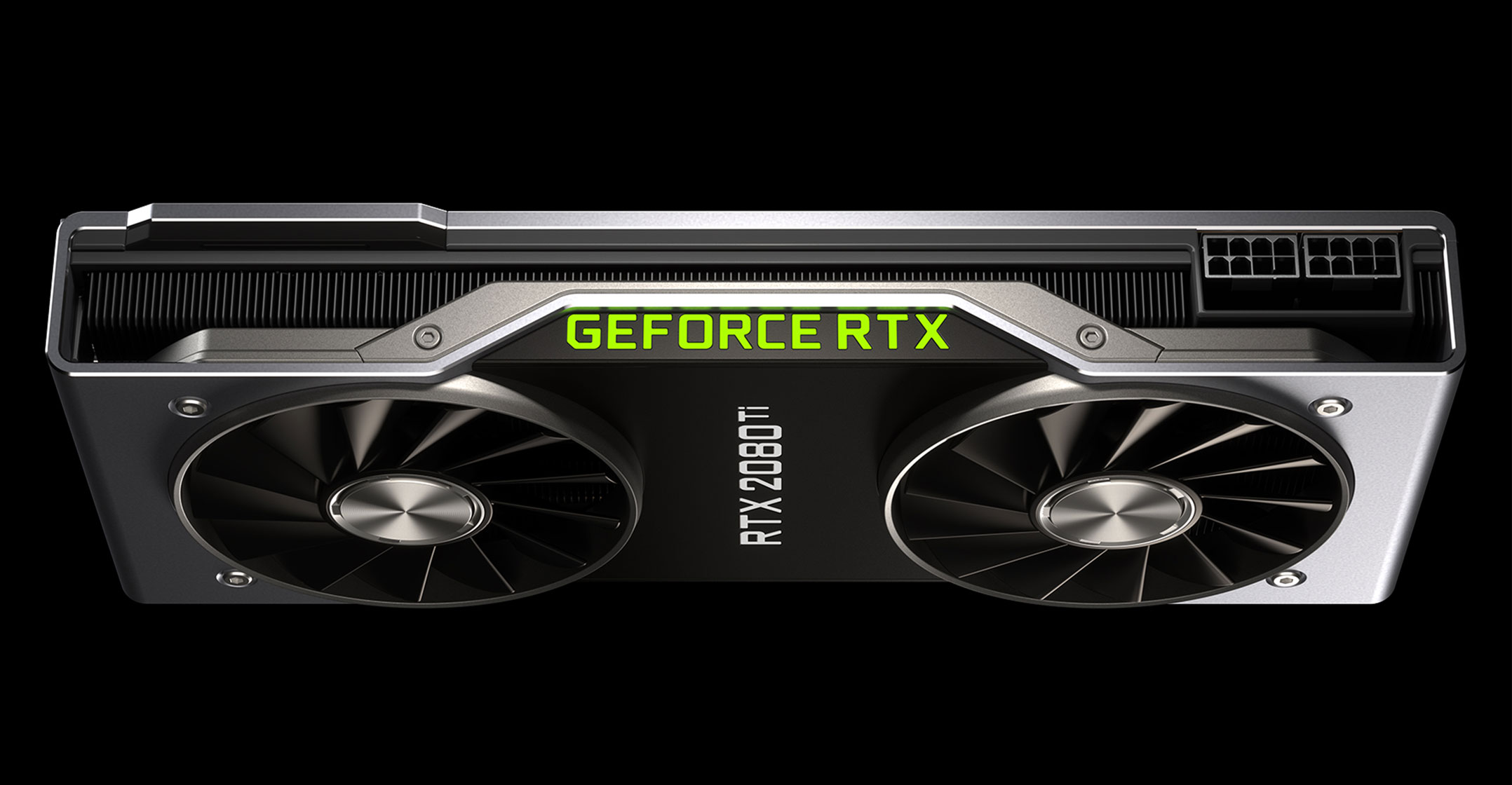
Nvidia’s market valuation briefly topped Intel’s for the first time ever, powered by soaring demand for graphics chips in data centres and other fast-growing technology fields.
Nvidia gained as much as 1.7% on Wednesday, giving it a market value of more than US$247-billion. Shares of the graphics chip maker are up 71% so far this year as investors bet the coronavirus pandemic has accelerated a shift to cloud-based digital services that use its technology. Intel stock has fallen more than 2% in 2020.
Nvidia was co-founded in 1993 by Jensen Huang, who’s still running the company. At the time, it was one of about two dozen graphics chip companies. It’s now the only independent maker of these components, after all of its rivals have been bought, folded or become part of larger companies.
Nvidia was more successful than its peers at developing chips that turn computer code into the realistic images computer gamers love. Under Huang, the company has pushed that technology into new markets, such as data centre servers and artificial intelligence processing.
In just five years, Nvidia’s data centre business has grown from $300-million in annual revenue to almost $3-billion. The chip maker has won orders to equip the giant computing factories owned by companies such as Facebook and Google by successfully arguing that graphics chips can handle AI workloads better than more standard processors.
Nvidia is the only company to have made sizeable inroads into a server chip market that Intel has mostly dominated. While Intel’s data centre business still generates more than $20-billion in annual sales, Nvidia is growing much quicker.
Rich valuation
Investors have rewarded this fast expansion with a rich valuation. Since debuting on the Nasdaq in 1999, the stock has averaged an annual return of 33%. In the past five years, it has soared more than eight-fold and trades at 74 times earnings. Intel shares trade at 12 times earnings.
Nvidia is now the third largest chip maker by market capitalisation, behind Taiwan Semiconductor Manufacturing Co and Samsung Electronics.
Intel is responding to Nvidia’s success by introducing similar graphics chips. The two companies are also targeting the market for processors that help run self-driving vehicles.

Intel has weathered similar challenges before. In 2016, Qualcomm’s market value topped Intel’s as investors bet that smartphones would eclipse traditional computing in popularity. That happened, but Intel benefited indirectly through its server chips powering the cloud services relied on by handsets.
Intel also lost the title of the world’s largest chip maker by revenue to Samsung Electronics in 2017. It regained the title a year later, thanks to its resilient server chip business. — Reported by Jeran Wittenstein and Ian King, (c) 2020 Bloomberg LP

